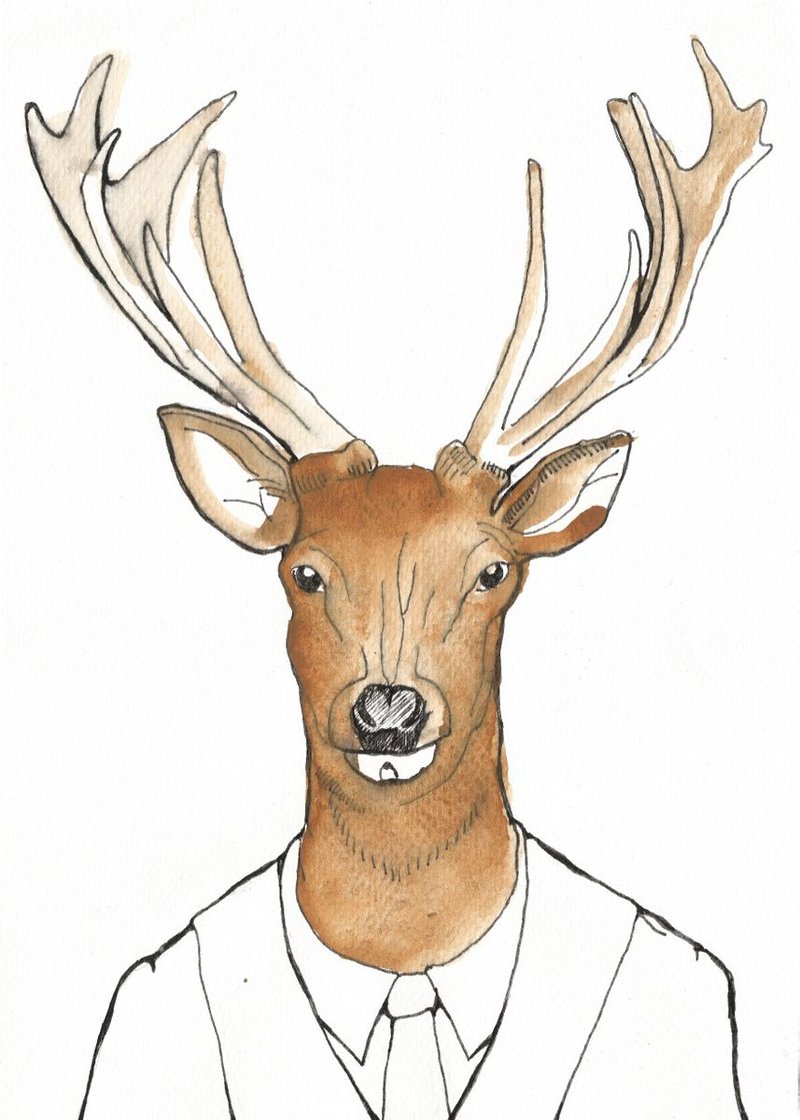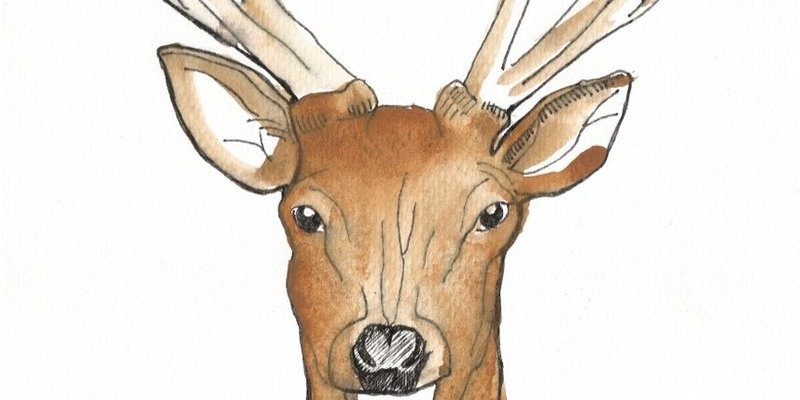
You might picture deer as simply creatures of the forest, grazing quietly or leaping over obstacles. However, their cognitive abilities are more complex than you might think. From communicating with each other to solving problems, deer showcase behaviors that hint at a vibrant inner life. So, let’s dig into the world of deer and explore their cognitive skills and behaviors—because there’s more to these gentle animals than meets the eye.
Understanding Deer Intelligence
When discussing intelligence in deer, we should first consider what that really means. Animals, including deer, exhibit intelligence differently than humans. For deer, intelligence is closely tied to their survival instincts. They possess strong observational skills, enabling them to detect predators quickly. Think about it—if you’re in the woods and hear a twig snap, you’d want to know if it’s a deer-friendly sound or something to be wary of!
Research shows that deer can remember certain locations and recognize patterns in their surroundings. They’re great at remembering food sources and navigating their territory. For example, a deer that finds a safe place to graze will likely return to that spot time and again. This ability to learn and adapt is a key indicator of their cognitive skills.
Social Behavior in Deer
Deer are social animals, and their social structures play a significant role in how they navigate their environments. Most deer live in groups called herds. Within these herds, they communicate through a mix of body language and vocalizations.
When a deer spots danger, it often uses a series of alarms—a stomp or a snort—to alert others. This form of social behavior shows their understanding of the environment and their reliance on one another for safety. Imagine being at a party and someone suddenly pointing out a fire; that’s sort of what deer do for each other!
Additionally, social interactions can vary by season. In the fall, during mating season, bucks (male deer) display dominance and compete for the attention of females. This behavior isn’t just about brawn; it also involves strategy and intelligence. Bucks must assess their rivals and determine the best times to show off their strength.
Communication Skills
You might be surprised to learn that deer possess a range of communication skills. They don’t just rely on vocalizations like bleats or grunts; there’s a whole world of non-verbal signals involved.
For instance, deer often communicate through body language. A deer that feels threatened might raise its tail, which is a signal to others that danger is near. An alert posture with ears perked up signifies caution, while relaxed body language often indicates comfort in their surroundings.
Each gesture serves a purpose. Watching a group of deer interact can feel like seeing a dance unfold. They’re constantly gauging each other’s reactions and adjusting their own behavior accordingly. This dynamic communication indeed points to a level of cognitive ability that’s quite impressive.
Problem-Solving Abilities
Deer demonstrate a level of problem-solving that can leave us in awe. For instance, if they encounter a fence or other barrier while foraging for food, many deer will try to find a way around it rather than simply giving up. They often use trial and error, testing different routes until they find an opening.
During harsh winters, deer might need to adjust their diets and find food that’s less accessible. They have been seen digging through snow to reach twigs and other plants. It’s like watching a chef trying different recipes; they’re figuring out what works best in challenging conditions.
Understanding their problem-solving skills can help wildlife managers create better environments for deer, ensuring they have the resources they need to thrive. After all, an intelligent creature is one that adapts effectively to its surroundings.
Memory and Learning
Memory plays a crucial role in a deer’s survival. They rely on past experiences to guide their actions. For example, if a deer has encountered a predator in a particular area, it learns to avoid that place in the future. This is a classic example of associative learning, where animals link a specific event with the corresponding behavior they should take.
Deer also exhibit spatial memory, which helps them remember where food sources and watering holes are located. This skill is especially beneficial during migration or seasonal changes. A deer that knows the best places to find food in winter has a better chance of survival when resources are scarce.
Interestingly, researchers have found that deer can recognize familiar individuals, both human and animal, and respond differently based on their past encounters. This adds another layer to their cognitive abilities, showing they can differentiate between friendly and threatening beings.
Emotional Intelligence and Stress Response
Like many animals, deer experience stress and, interestingly, they can exhibit emotional responses to their environment. Stress can arise from various factors such as predation, habitat loss, or even human encounters. When faced with stressors, deer display distinct behaviors such as increased heart rate and heightened alertness.
However, they also show resilience. A deer that has survived an encounter with a predator might become more cautious in the future, demonstrating an adaptive emotional response. This emotional intelligence helps them navigate complex social structures and ensures they remain vigilant in their natural habitats.
Understanding the emotional side of deer adds depth to how we view these animals. They are not just instinct-driven; they are capable of a wide range of feelings that influence their behavior.
Final Thoughts on Deer Intelligence
So, how smart is a deer? Honestly, they may not take algebra tests or write sonnets, but their intelligence is evident in their social behaviors, problem-solving skills, and emotional responses. With each leap and bound, deer navigate a world filled with challenges, using a mix of instinct and learned behaviors to survive.
By recognizing the cognitive abilities of deer, we can better appreciate the delicate balance of nature. It serves as a reminder that intelligence comes in various forms—sometimes in the simplest, quietest creatures. Next time you see a deer, take a moment to consider the intricate world that lies behind those gentle eyes. They may just be one of the smartest animals in the forest, quietly thriving in their graceful way.

